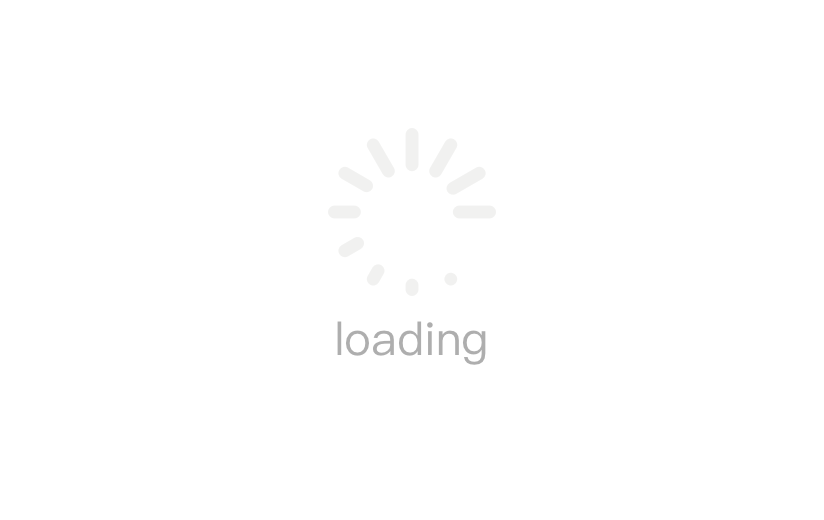
CO2 laser was invented in 1964 and could be called as an “ancient” laser technique. In quite a long period of time, CO2 laser was the major player in processing, medical or scientific research fields. However, with the advent of fiber laser, the market share of CO2 laser has become smaller and smaller. For metal cutting, fiber laser replaces most of the CO2 laser, for it can be better absorbed by the metals and is less expensive. In terms of laser marking, CO2 laser used to be the main marking tools. But in the past few years, UV laser marking and fiber laser marking has become more and more popular. UV laser marking in particular "seems to" gradually replace CO2 laser marking, for it has more delicate marking effect, smaller heat-affecting zone and higher precision and is known as “cold processing”. So what are the respective advantages for these two kinds of laser marking techniques?
Advantage of CO2 laser marking
In the 80-90s, CO2 laser became quite mature and became the main tool in the application. Because of high efficiency and good laser beam quality, CO2 laser marking became the common marking method. It is applicable to work on different kinds of non-metals, including wood, glass, textile, plastic, leather, stone,etc and has wide application in food, medicine, electronics, PCB, mobile communication, construction and other industries. CO2 laser is a gas laser and interact with materials using laser energy and leaves a permanent marking on the material surface. This was a huge replacement for inkjet printing, silk printing and other traditional printing techniques at that time. With CO2 laser marking machine, trademark, date, character and delicate design can be marked on the material surface.
Advantage of UV laser marking
UV laser is a laser with 355nm wavelength. Because of its short wavelength and narrow pulse, it can produce very small focal spot and remain the smallest heat-affecting zone, capable of processing precisely without deformation. UV laser marking is widely used on food package, medicine package, makeup package, PCB laser marking/scribing/drilling, glass laser drilling and so on.
UV laser V.S. CO2 laser
In applications which is quite demanding on precision, like glass, chip and PCB, UV laser is no doubt the first option. For PCB processing in particular, UV laser is considered as the best option. From the market performance, UV laser seems to overwhelm CO2 laser, for its sales volume grows at a very rapid speed. That means the demand of precise processing is increasing.
However, that doesn’t mean CO2 laser is nothing. At least for the time being, the price of CO2 laser in the same power is much cheaper than the UV laser. And in some areas, CO2 laser can do something other kinds of lasers can not do. What’s more, some applications can only use CO2 laser. Plastic processing, for example, can only rely on CO2 laser.
Although UV laser is becoming more and more common, traditional CO2 laser is also making progress. Therefore, UV laser marking is hard to completely replace CO2 laser marking. But just like most of the laser processing equipment, UV laser marking machine needs the assistance from air cooled water chillers to maintain the processing precision, normal operation and the lifespan.
S&A Teyu develops and manufactures RMUP, CWUL and CWUP series air cooled water chillers are suitable for cooling 3W-30W UV lasers. RMUP series is rack mount design. CWUL & CWUP series are stand-alone design. They all feature high temperature stability, stable cooling performance, multiple alarm functions and small size, meeting cooling needs of the UV laser.
What can chiller stability affect laser output of the UV laser?
As we all know, the higher the temperature stability of the chiller, the less optical loss of the UV laser will be, which reduces the processing cost and extends the lifespan of the UV lasers. What’s more, the stable water pressure of the air cooled chiller can help reduce the pressure from the laser pipeline and avoid the bubble. S&A Teyu air cooled chiller has properly designed pipeline and compact design, which reduces the bubble, stabilizes the laser output, prolong the service life of the laser and helps reduce cost for users. It is commonly used in precision marking, glass marking, micro-machining, wafer cutting, 3D printing, food package marking and so on. Find out the details of S&A Teyu UV laser air cooled chiller at https://www.chillermanual.net/uv-laser-chillers_c4


